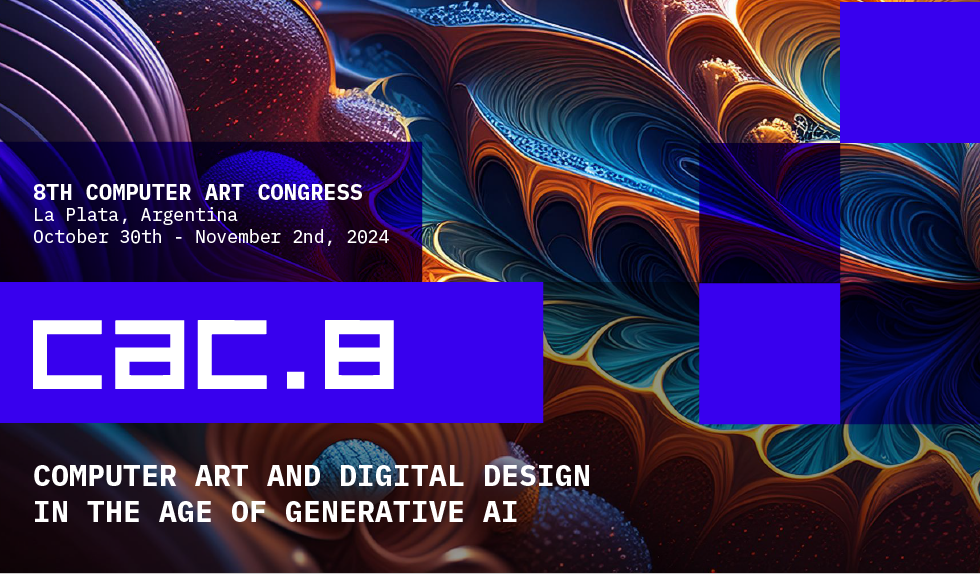The article analyzes artistic practices that use blockchains and smart contracts to create objects in series and embed them in a network of relationships ensuring their traceability. As a technology for storing and transmitting information without a central authority, blockchains are commonly seen as digital tools capable of certifying the authenticity of an object, such as a physical or digital artwork, and verifying the identity of its creators and collectors. However, blockchains also perform other functions that are evolving artistic practices associated with networked art, which are based on exchange and connection. They are notably used to collaboratively influence the form and future of a work, contrary to the immutability often associated with blockchains. The article aims to present these artistic practices and their aesthetic qualities based on the human relationships they make possible, while also questioning the impact of the technical system on the definition of these relationships and their display through graphic interfaces on platforms dedicated to buying, selling, and exchanging digital goods in the form of NFTs. The artistic practices studied include generative artworks, which will be presented as forms of artificial intelligence due to their capacity to evolve autonomously and adapt to their environment.

The Distributed Aesthetics of Blockchains
1 : Florent Di Bartolo
* : Corresponding author
Université Gustave Eiffel
 PDF version
PDF version
